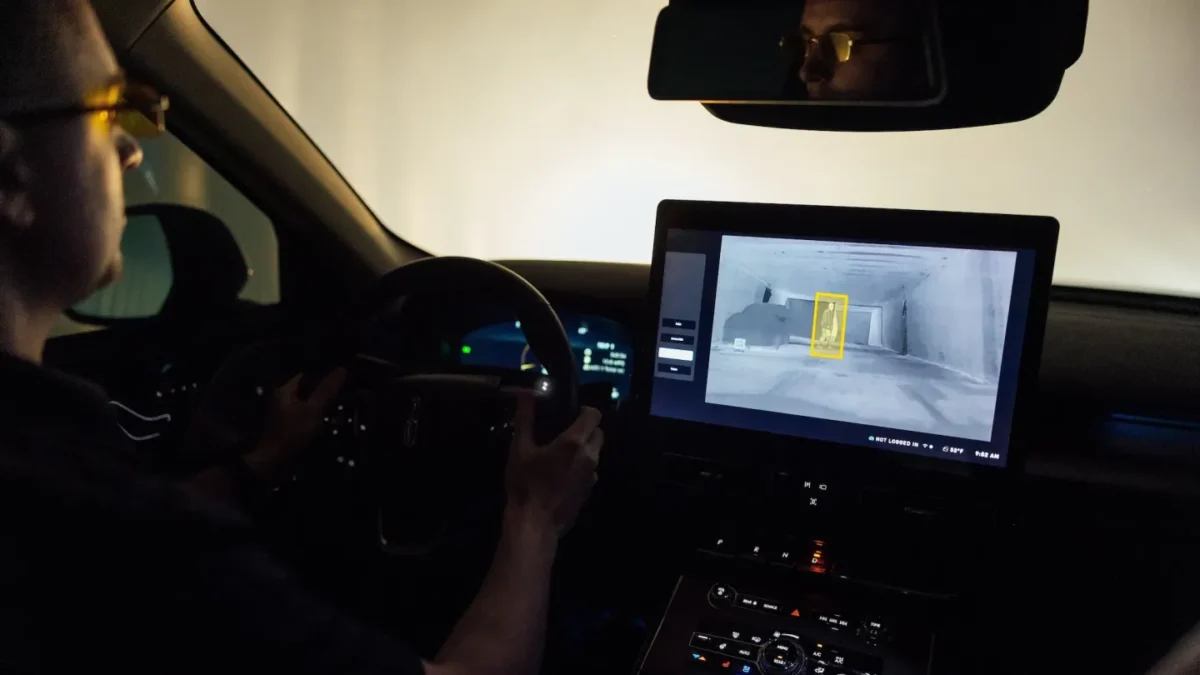Cars That Can See In the Dark

Pedestrian deaths by car surged 19 percent from 2019 to 2022, with three-quarters of fatalities occurring after dark, according to AAA. In response, automotive technology supplier Magna, a mobility technology company, is addressing this issue with thermal technology, now installed on 1.2 million vehicles and counting.
Originally named “Night Vision” and introduced on the 2005 BMW 7 Series, Magna’s thermal sensing product can see the road ahead up to four times farther than typical headlights. Currently available on 40 different vehicle models across 13 manufacturers—this technology aims to reduce pedestrian and cyclist deaths.
How It Works
A microbolometer, or an uncooled thermal sensor, which began as military technology in the late 1970s, was declassified after the 1991 Gulf War. Thermal imaging has since been adopted by many industries such as municipal firefighting services to see through smoke and is now widely used in the security sector.
Magna’s latest generation of thermal technology offers improved road coverage, enhanced detection capabilities, and a clearer image through fog, smoke, snow squalls, or complete darkness. Unlike visible light, thermal cameras are unaffected by headlights or sun glare, making them a robust solution against distracted driving. Its ability to see through smoke or fog and can also help avoid disasters like when fog caused a 158-car pileup in Louisiana last year.
An infrared video camera mounted in front of the vehicle detects temperature differences as small as 1/10th of a degree, creating a highly detailed thermal image of the road. Using convolutional neural networks, the software generates three-dimensional data for image classification and object recognition.
The system can detect animals, pedestrians, cyclists, buses, and more up to 100 meters and beyond and alert the drivers of the hazards.
Magna’s camera, once too large to fit in a trunk, is now the size of a golf ball and set to get even smaller. The next-gen thermal sensing technology, debuting next year, will include 360-degree visual range for better visibility in all directions, addressing back-over accidents and extending detection to up to three football fields, thus increasing stopping time and potentially saving more lives.
Here is an interesting video demonstrating this feature: